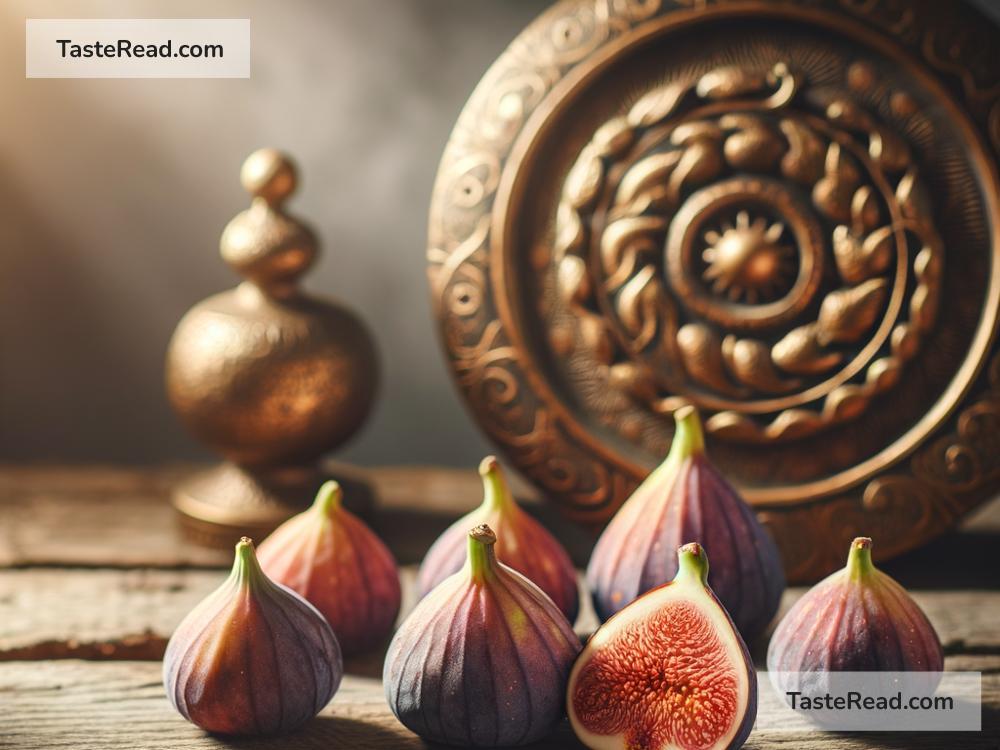The Mythical Connection Between Figs and Fertility
Throughout human history, fruits have been celebrated not just for their taste and nutritional benefits, but also for their cultural, symbolic, and mythical meanings. One such fruit that holds a deeply rooted significance in various cultures is the fig. Small, sweet, and bursting with flavor, figs have become associated with fertility, growth, and abundance. The mythical connection between figs and fertility spans centuries of stories, traditions, and beliefs, and their symbolism offers a fascinating glimpse into how ancient civilizations viewed this remarkable fruit.
A Symbol of Life and Creation
Figs are thought to be one of the oldest cultivated fruits in human history, with evidence of their cultivation dating back over 11,000 years in the Middle East. Their history is intertwined with the rise of agriculture and the development of civilization itself. For ancient societies, figs represented life, creation, and the miracle of abundance.
One reason for this association is the fig tree itself. It is known for its ability to thrive in warm climates and produce fruits generously. In many ways, the fig tree symbolizes resilience and natural bounty. Just as humans strive to grow and multiply, the fig tree stands as a reminder of nature’s unparalleled ability to provide and sustain life.
Figs in Mythology and Religion
Figs feature prominently in myths and religious texts across the world. In Ancient Greece, the fig tree was considered sacred by followers of Dionysus, the god of fertility and wine. The Greeks associated figs with reproduction, sexual energy, and prosperity. Offerings of figs were often made in ceremonies to honor deities and ensure a fruitful harvest.
Similarly, in Ancient Rome, the fig tree held great symbolic importance. According to legend, the founders of Rome, Romulus and Remus, were nursed under the shade of a fig tree. Romans considered figs to be a gift from nature that embodied strength, survival, and new beginnings.
Perhaps the most famous reference to figs is in the Bible. In the Book of Genesis, Adam and Eve use fig leaves to cover themselves after eating the forbidden fruit, which signifies their awakening and shame. Later, Jesus speaks of a fig tree as a symbol in several of his teachings. In Christianity, the fig is often seen as a representation of nourishment, spiritual growth, and renewal.
In Hinduism, the fig tree is considered sacred and is known as the “Tree of Life.” The Banyan fig tree, in particular, is a symbol of longevity and fertility. Many ancient Hindu texts mention the fig tree’s connection to wisdom, abundance, and the cycle of creation.
The Fertility Connection
Figs are widely seen as a fruit of fertility in symbolic, cultural, and even biological ways. The shape and structure of figs are often linked to reproduction and femininity. In some cultures, the design of the fig is believed to mirror elements of the female reproductive system, while the seeds inside the fig fruit represent potential offspring.
This idea goes beyond folklore—it’s also observed in the health benefits of figs. Figs are packed with essential nutrients like vitamins, minerals, and antioxidants, which support reproductive health in both men and women. They’re rich in magnesium, which is important for hormone regulation, and they contain iron, which supports the production of healthy red blood cells, improving oxygen flow and overall vitality.
Figs were often prescribed in traditional medicine to people who struggled with fertility issues. Ancient healers believed figs had the power to increase libido and strengthen reproductive abilities. Whether consumed fresh, dried, or in a medicinal mixture, figs were thought to enhance vitality and promote life.
Festival Traditions and Cultural Practices
Many cultures celebrate figs as part of their fertility rituals and traditions. In parts of Africa and the Middle East, figs are exchanged or offered during weddings to symbolize blessings for a fruitful marriage and family life. Similarly, newlyweds in Mediterranean countries were often gifted baskets of figs as a gesture of goodwill, encouraging them to build a prosperous and growing family.
In some regions, fig leaves are used during fertility ceremonies, symbolizing protection, growth, and the hope of new life. Fig trees themselves carry a mythical charm, and planting a fig tree was often believed to signify wealth, abundance, and the prospect of descendants.
Modern-Day Love for Figs
While figs may not seem as magical today as they did in ancient times, their connection to fertility continues to intrigue people. Whether it’s their historical significance, their rich symbolism, or the nutritional benefits they offer, figs remain a beloved fruit that sparks curiosity and wonder.
Next time you enjoy a fig, take a moment to appreciate the layers of history and mythology that surround this humble fruit. From Ancient Greece to modern-day weddings, figs have carried the hopes and dreams of countless cultures, symbolizing creation, fertility, and the beauty of life itself.
Conclusion
The mythical connection between figs and fertility is a testament to the human imagination and our appreciation for the world’s natural wonders. For thousands of years, fig trees and their fruit have symbolized abundance, vitality, and the miracle of creation. Whether rooted in tales of mythology, religious beliefs, or traditional medicine, the fig holds a powerful place in the story of human life and the pursuit of fertility.
As we continue to enjoy figs today, we are sharing in a history that goes back to the very dawn of civilization—a history that reminds us of the deep bond between nature and humanity.


